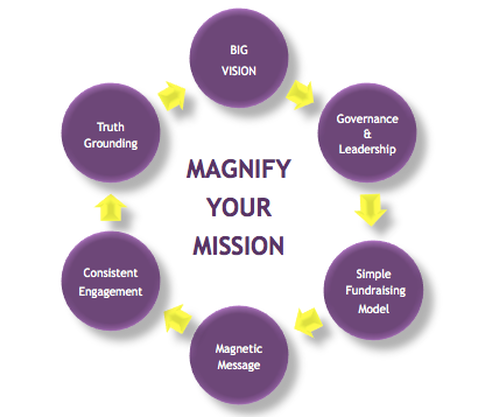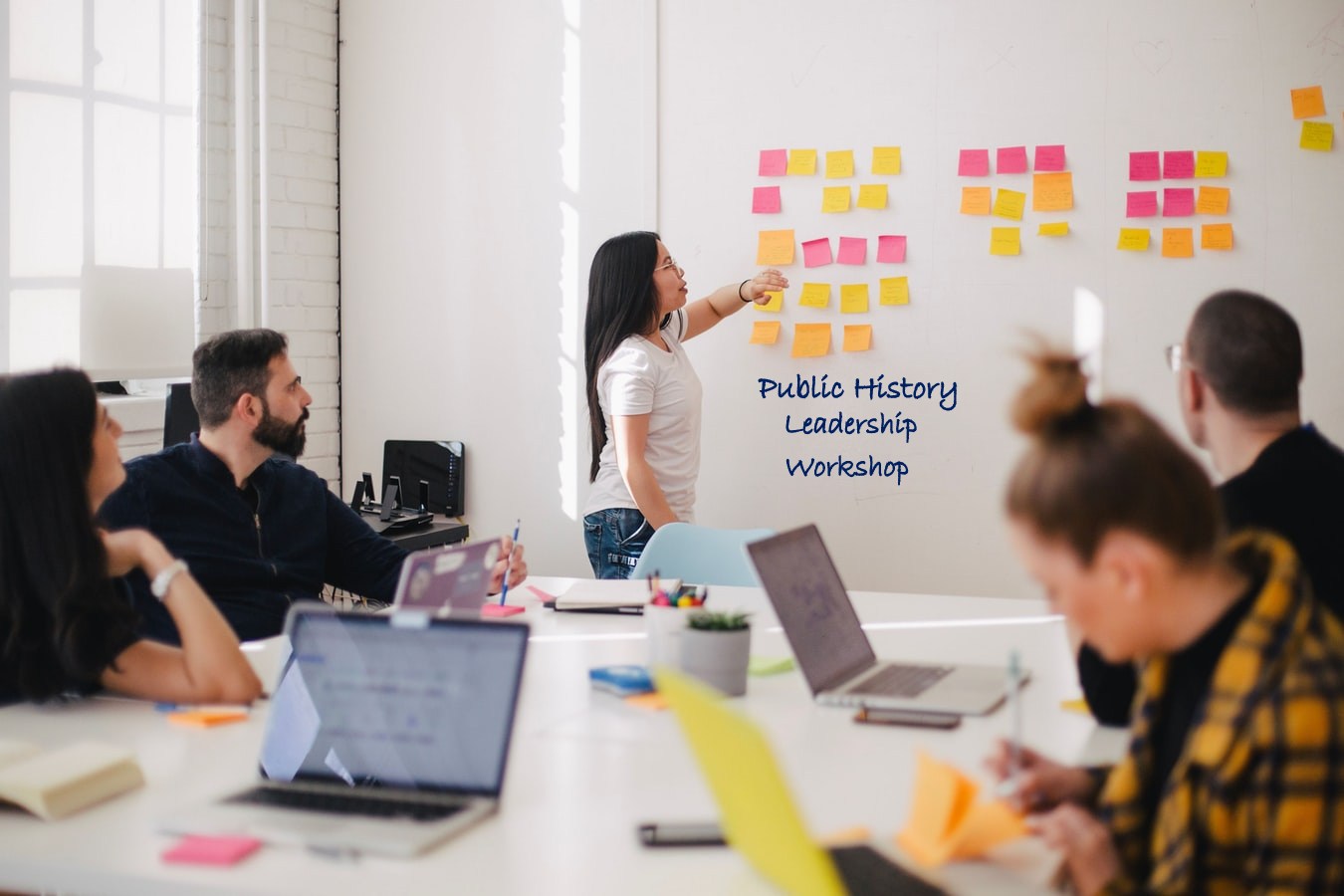Gallery with alias: PUBLIC_HISTORY_BLOG_POSTS not found
Public History
History Leadership Matters

Leadership is not about a title or job designation. It’s about impact, influence and inspiration.
Impact involves getting results, influence is about spreading the passion you have for your work, and you have to inspire others.
~Robin S. Sharma, author
TRANSFORMATIONAL LEADERSHIP
Most people who have guided successful organizations will tell you that their leadership was less about them as a figure head but more about a wide range of more important things such as their ability to articulate and promote passionately their organization’s mission and vision, to think and act creatively, to innovate, to listen and learn from others, to bring people together, and to inspire others to action.
Above all else, successful leaders will tell you that leadership is an ongoing transformational process.
The concept of “transformational leadership” was introduced by James McGregor in his groundbreaking 1978 book, Leadership; it’s a process where “leaders and their followers raise one another to higher levels of morality and motivation.” The concept was later elaborated by organizational behavior scholar Bernard M. Bass to define a transformational leader as someone who:
Serves as a model of integrity and fairness
Sets clear goals
Has high expectations
Encourages others
Provides support and recognition
Stirs the emotions of people
Gets people to look beyond their self-interest
Inspires people to reach for the improbable
So as you can see, a transformational leader is more than just an administrator, decision maker, or task master. A transformational leader is an influencer and change maker–an essential resource for any organization.
PUBLIC HISTORIANS AND A NEW LEADERSHIP
 History organizations (museums, associations, societies, etc.) often cite a lack of resources as the number one barrier preventing them from carrying out their mission. It’s this deficit of money, capable staff, volunteers, physical space, technology, or public support—that leads to the cutting of staff, reduction of hours, limiting of programs, neglect of collections, and failure to reach the public.
History organizations (museums, associations, societies, etc.) often cite a lack of resources as the number one barrier preventing them from carrying out their mission. It’s this deficit of money, capable staff, volunteers, physical space, technology, or public support—that leads to the cutting of staff, reduction of hours, limiting of programs, neglect of collections, and failure to reach the public.
With respect to leadership, we might also add “lack of leadership” to the list of complaints museums cite among their problems. But as motivational speaker Tony Robbins often says, “It’s not the lack of resources, it’s your lack of resourcefulness that stops you.”
Transformational leaders within history organizations are resourcefulness personified—open minded, self-assured, imaginative, proactive, persistent, and eternally hopeful. These attributes lend themselves toward creative ways to overcome the above cited difficulties facing history museums and historical societies.
Transformational leaders among public historians demonstrate inclusive troubleshooting, innovative problem solving, effective communication, and a sincere cultivation of cooperation among everyone involved.
Traditional leaders of museums are often viewed as little more than resource managers, finding the money, paying the bills, keeping the lights on.
On the other hand, transformational leaders of museums are primarily masters of resourcefulness, “can do” people leading with vision, inspiration, and inclusion. They also find the money, pay the bills, and keep the lights on, but the outcome is remarkably different and always focused on a broader horizons.
OUR POSITION
Museum presidents, executive directors, and board members ultimately shape the way their organizations function, significantly influencing operations (e.g., open hours and admission fees) and history programming (e.g., events and exhibits). The decisions these leaders make affect people’s understanding of history itself, as visitors interact with their museums. Visiting a history museum is an educative experience. As such, we consider museum leaders to be public historians in their own right. Their work bringing history to the public is no less important than scholars, researchers, curators, docents, etc.
However, it is our view that far too many historical organizations–especially small community-based local historical museums and societies–suffer from a crisis in leadership. In these settings, leaders are too often in such positions because no one else wanted the job. Perhaps it was just a matter of a duty rotation. Some leaders are in place through fiat or power play. Some leaders are in place because somebody–anybody–had to be there to fulfill organizational mandates. In most cases, such leadership is not healthy for organizations. In most cases, such leadership is not transformative.
But it doesn’t have to be this way. We think history organizations can change this dynamic in two ways:

Value and prioritize leadership as a transformative organizational resource
Cultivate and develop leadership through training
Organizational leadership development programs such as Magnify Your Mission (Amy Fazio & Associates) are particularly focused on helping nonprofit executives and directors build capacity, increase outreach and engagement, and develop funding opportunities. Such training, if engaged and taken seriously, is a start toward the kind of necessary transformative leadership needed to develop resourcefulness among historians–particularly those working within poorly resourced and managed local history organizations.
PUBLIC HISTORY MATTERS
At The Social Voice Project, we celebrate history and people through our community oral history projects that give us a chance to look, listen, and record the voices and stories of our time. We encourage all local historical societies and museums to capture, preserve, and share their communities’ lived experiences, memories, customs, and values. Future generations are depending on it.
Contact TSVP to learn more about our commitment to public history and technical assistance in creating community oral history projects.

You must be logged in to post a comment.